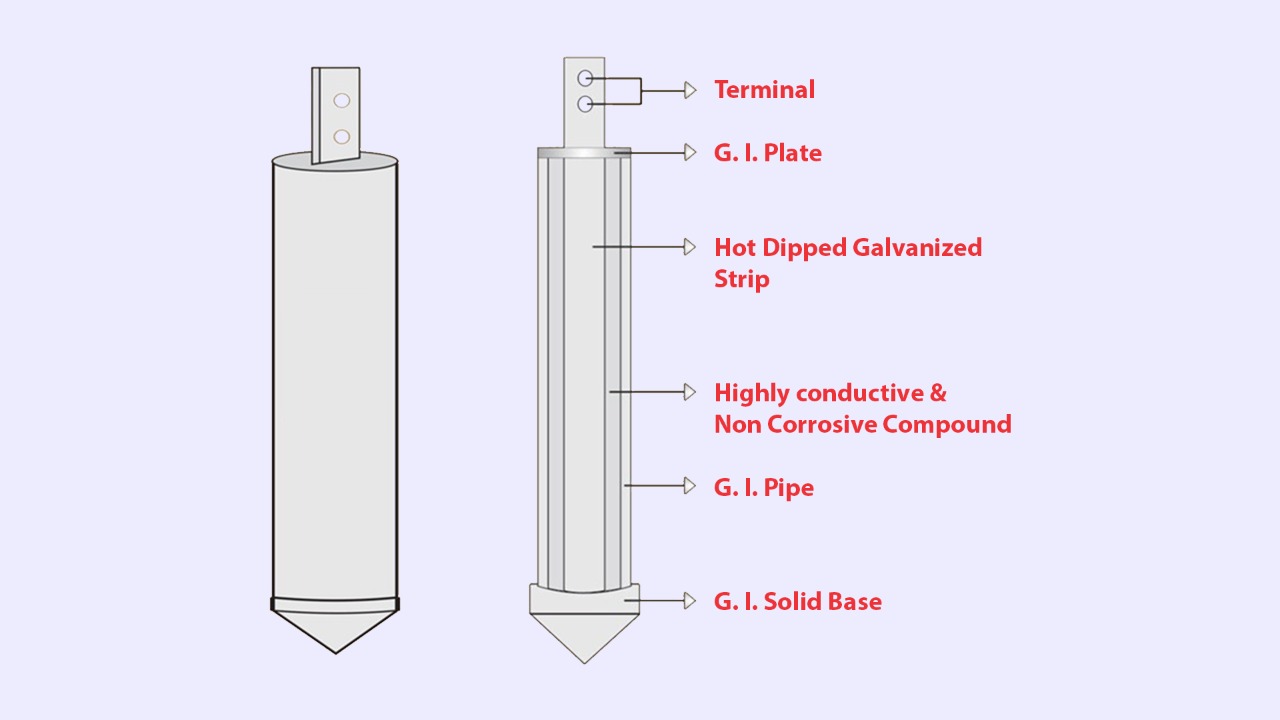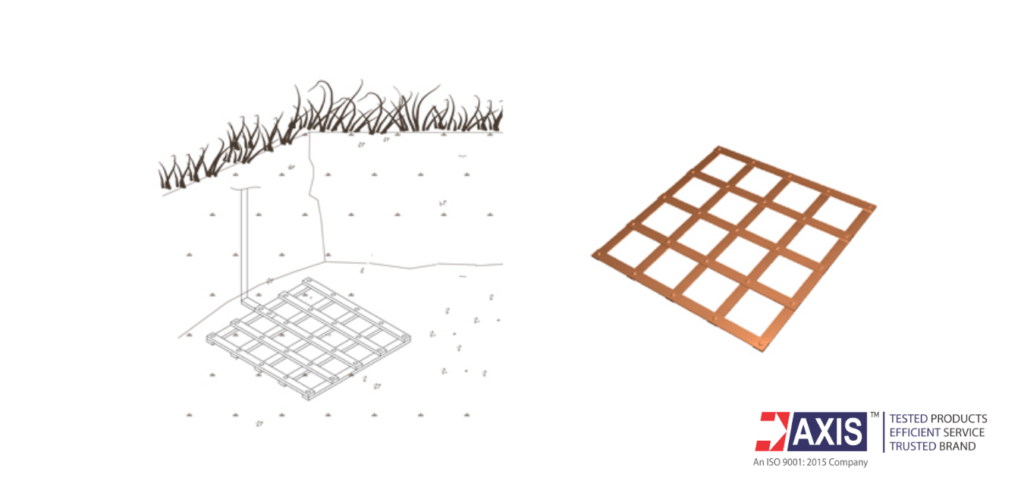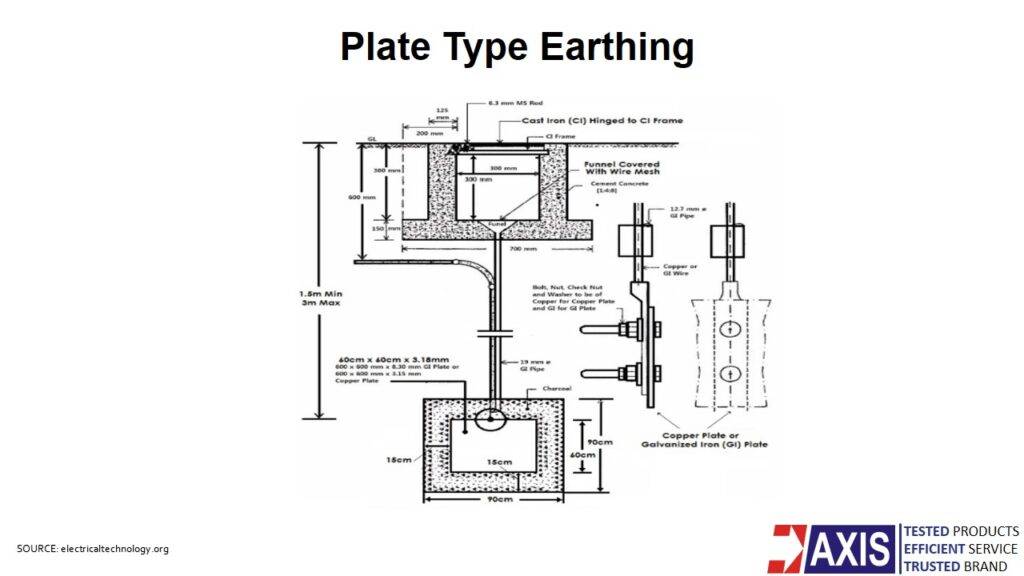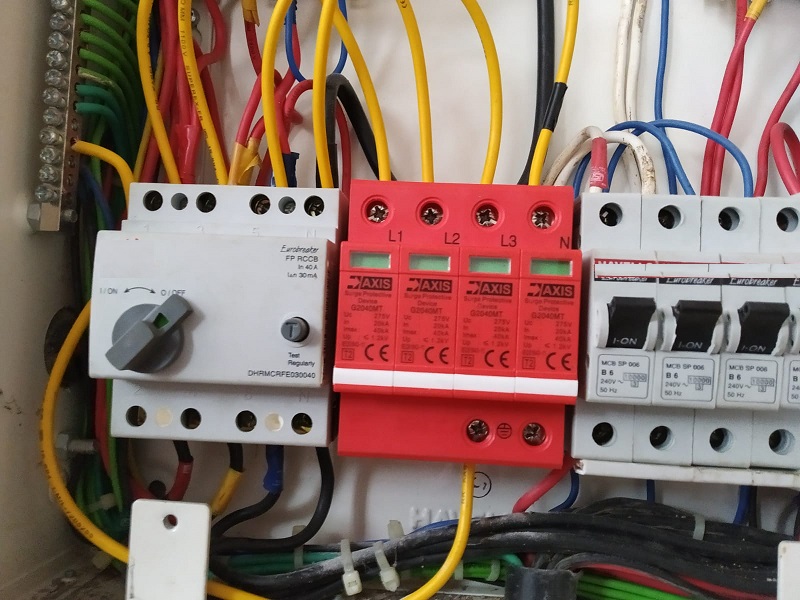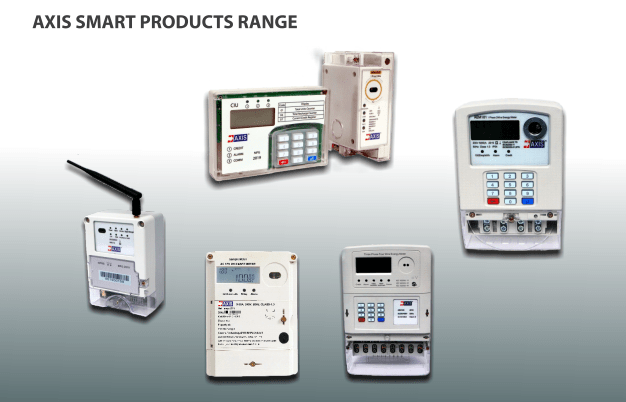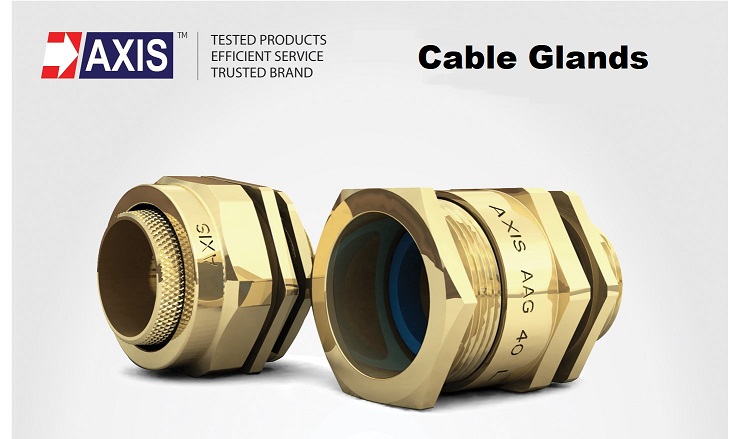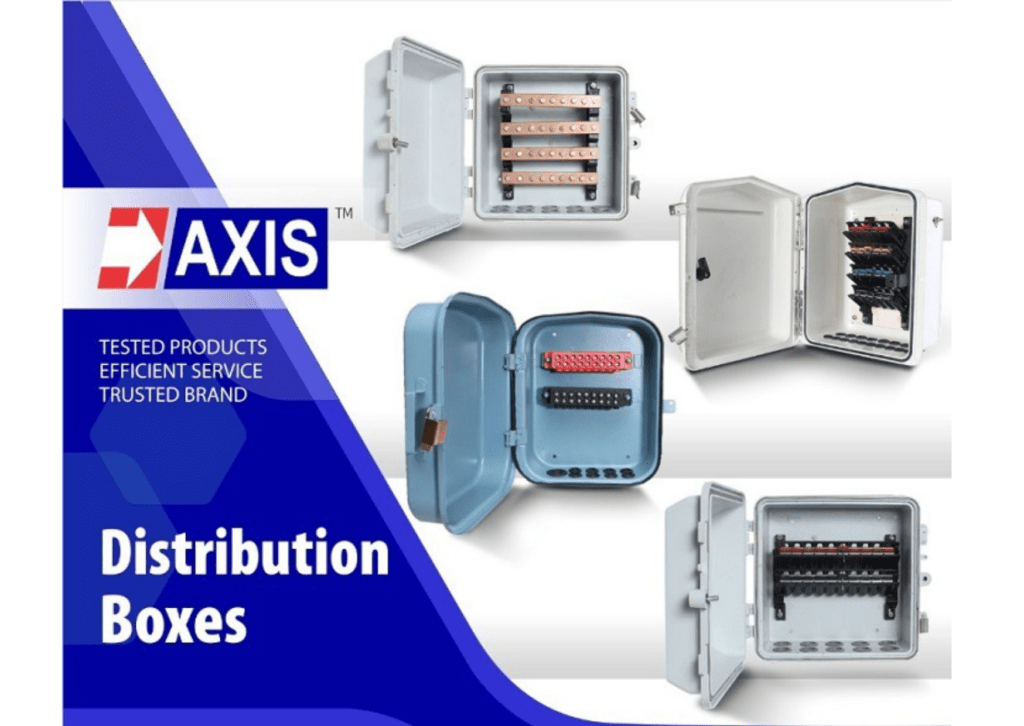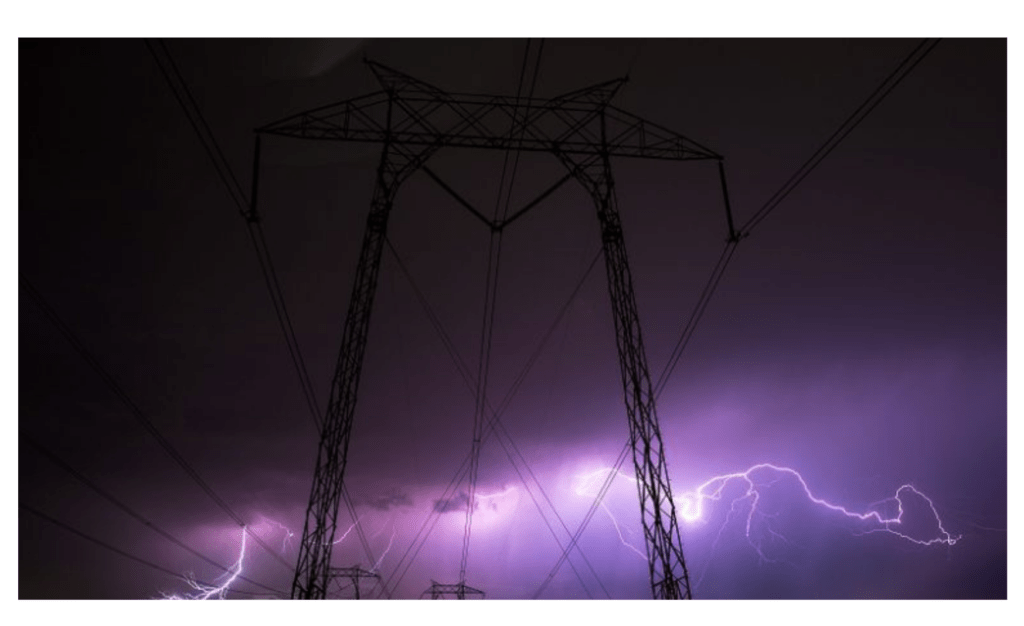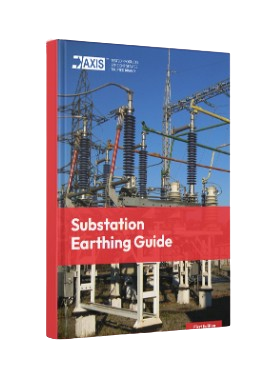Expert Electrical
Engineering Articles
- Home
- Blog
What is Maintenance Free Earthing?
Earthing, also known as grounding, is the practice of transferring electrical charges to the ground through low-resistance cables or rods to quickly discharge any stored energy. There are two main types of earthing: maintenance-free earthing and
Read MoreImportance of Earth Mat in Substation
The earth mats or grounding mats bring the connection to the earth indoors. They usually connect through a conductor inserted within the ground port of an electrical outlet. They help in limiting the ground potential & protect against the faulty current. They are used in a place where the large ...
Plate Earthing Diagram – Explained
Earthing, also known as grounding, is a fundamental safety measure in electrical systems. It’s a method that connects the neutral points of a system to the earth, providing an alternative path for electrical energy to discharge safely during a fault. This prevents dangerous potential build-ups in exposed conductive materials. A ...
How to install lightning arrester on building?
Lightning arrester rods, surge arresters, or lightning conductors are metal rods installed on a building for lightning protection. They protect structures or substations from the travelling waves of lightning and divert the abnormally high voltage to the ground. They are made from copper and brass alloy which are good conductors ...
What is a Surge Protection Device?
Surge protection devices play a vital role in voltage fluctuations or variations. These fluctuations are the most common behaviours observed in any electrical system. Voltage change can vary from small voltage fluctuations for a short duration to a complete blackout for an extended period. When the voltage drops below the ...
Smart Meters in India ─ Types & Application
Smart meters record information on electrical energy consumption, voltage levels, current and power factors. They offer greater clarity on this information to the electrical service providers regarding electrical consumption, help with monitoring the system, and billing. They use advanced metering infrastructure (AMI) that differs from automatic meter reading (AMR.). They ...
Cable Glands ─ Need for Electrical Equipment and Switchgears
Cable Gland is the ‘mechanical cable entry device’ attached to the end of electrical cables and secures them to any piece of equipment. They are also commonly known as cable connectors, cable fittings, cord grips, or cable strain reliefs. Cable Glands are vital for terminating cables in harsh or hazardous ...
Installation of Cable Lugs
Cable lugs are electrical components used to safely connect wires and cable terminals to electrical equipment or terminate them. They are designed to easily and securely connect and disconnect electrical joints permanently or for maintenance. There are different types of cable lugs available for various electrical applications. They are essential ...
Distribution Boxes: Types and Functions
The distribution box serves as the load centre and distributor of electrical power. A distribution box ensures that electrical supply is distributed in the building, also known as a distribution board, panel board, breaker panel, or electric panel. It is the central electrical supply system of any building or property. ...
Earthing for a Distribution or Transmission Line
Earthing is an important part of electrical distribution lines. Installation of a protective grounding on the power line structure creates a safe work zone. It neutralises leakages or short-circuit current and offers a simple and easy path for the current to the earth with zero damage potential. Importance of Earthing ...

